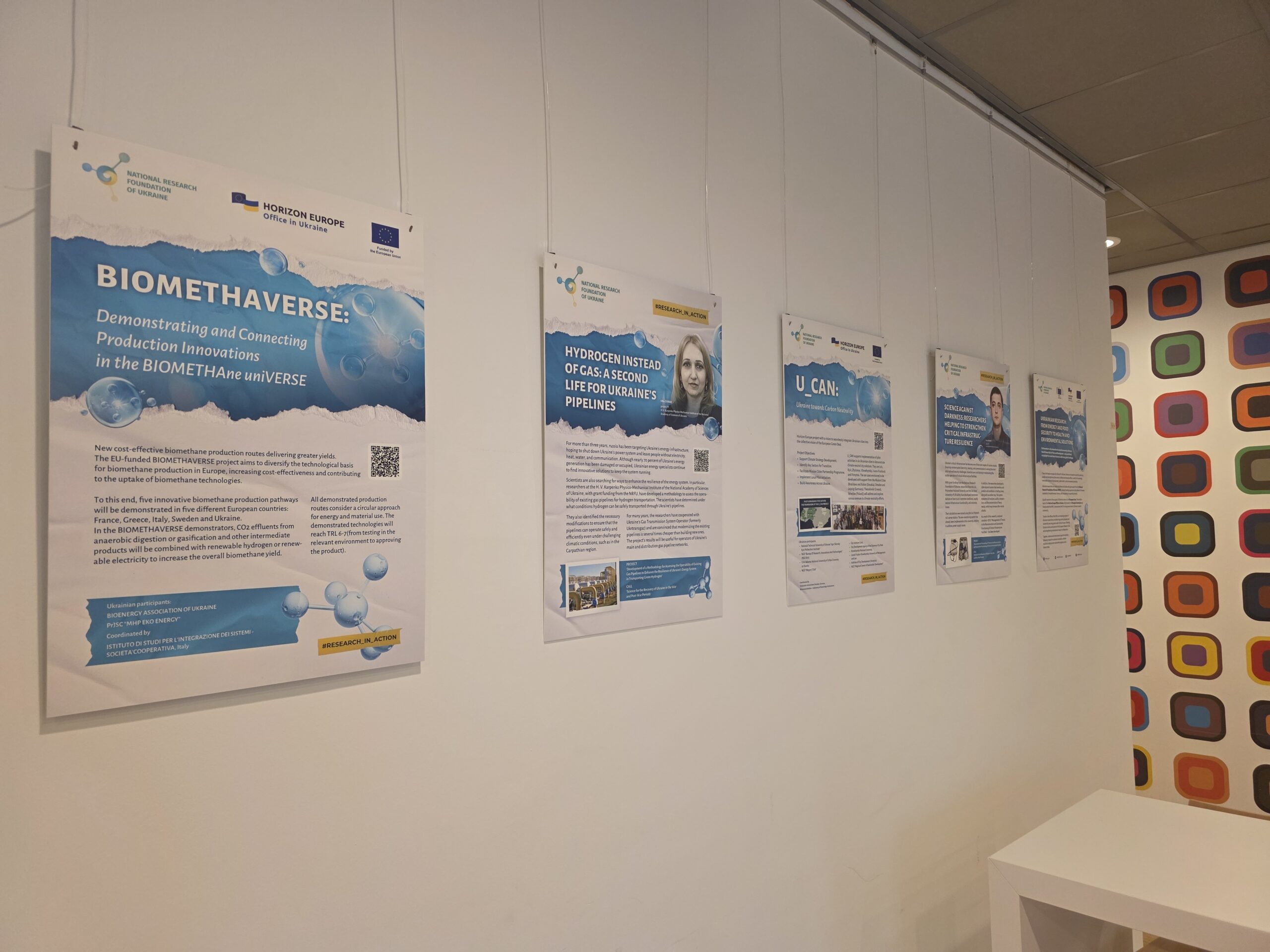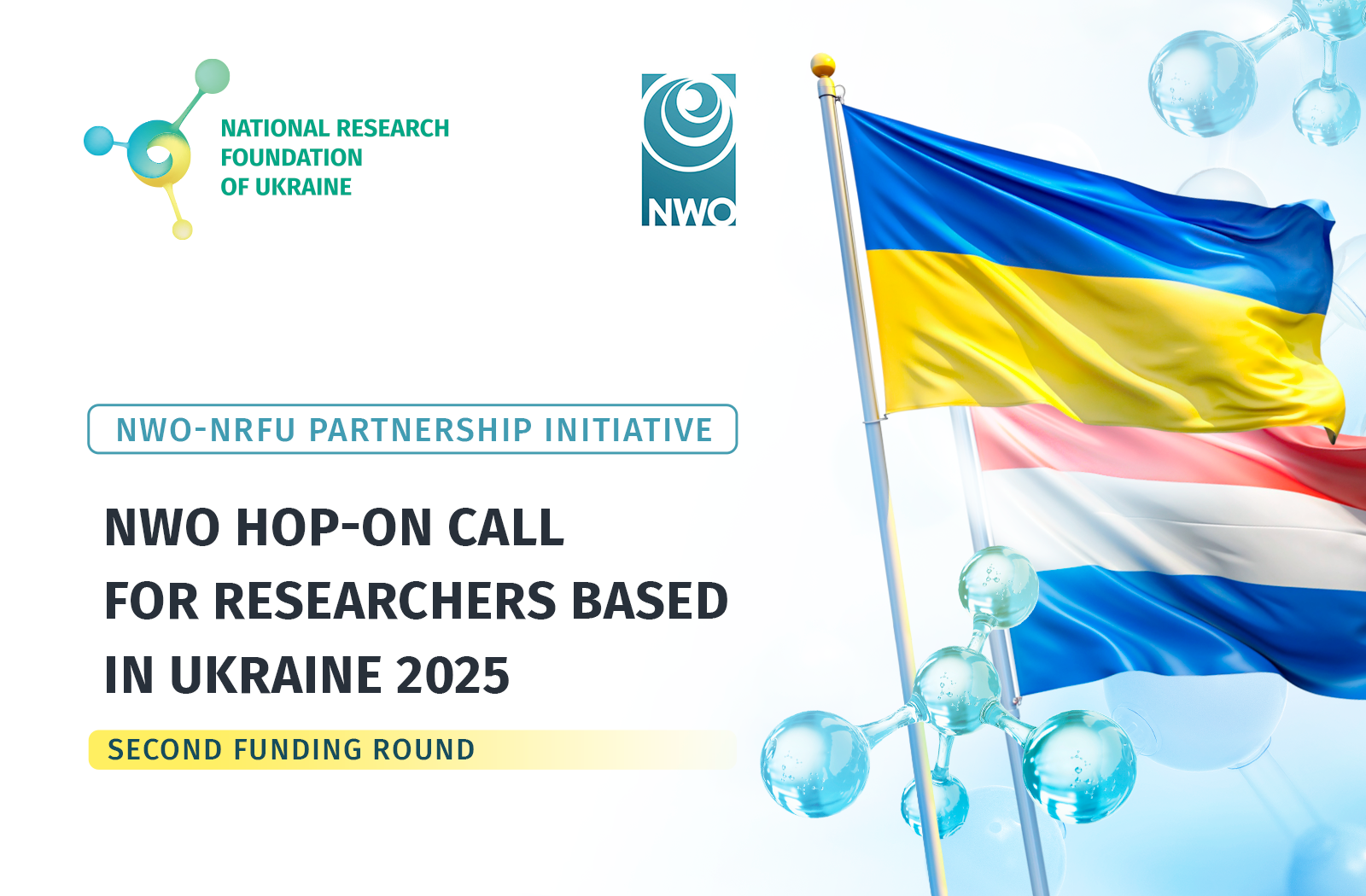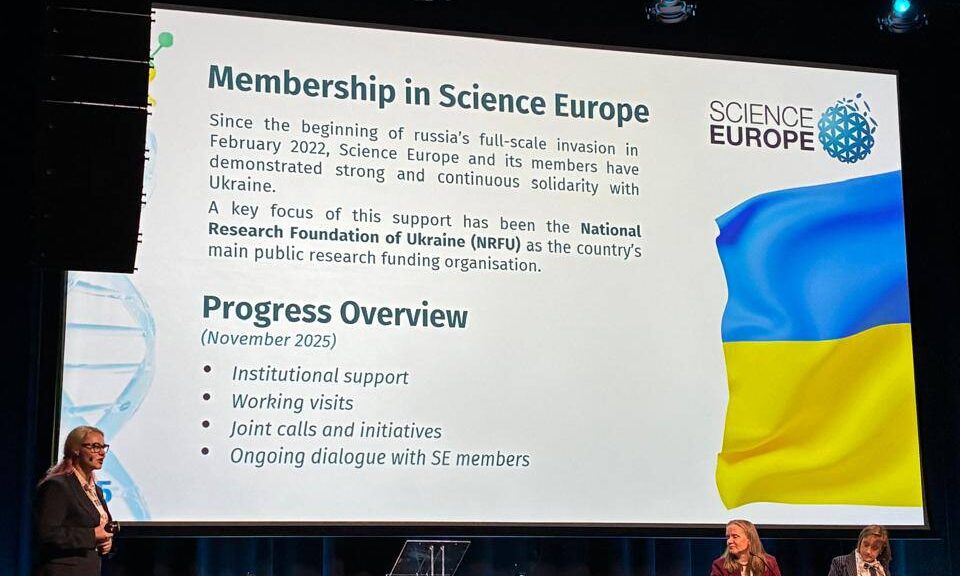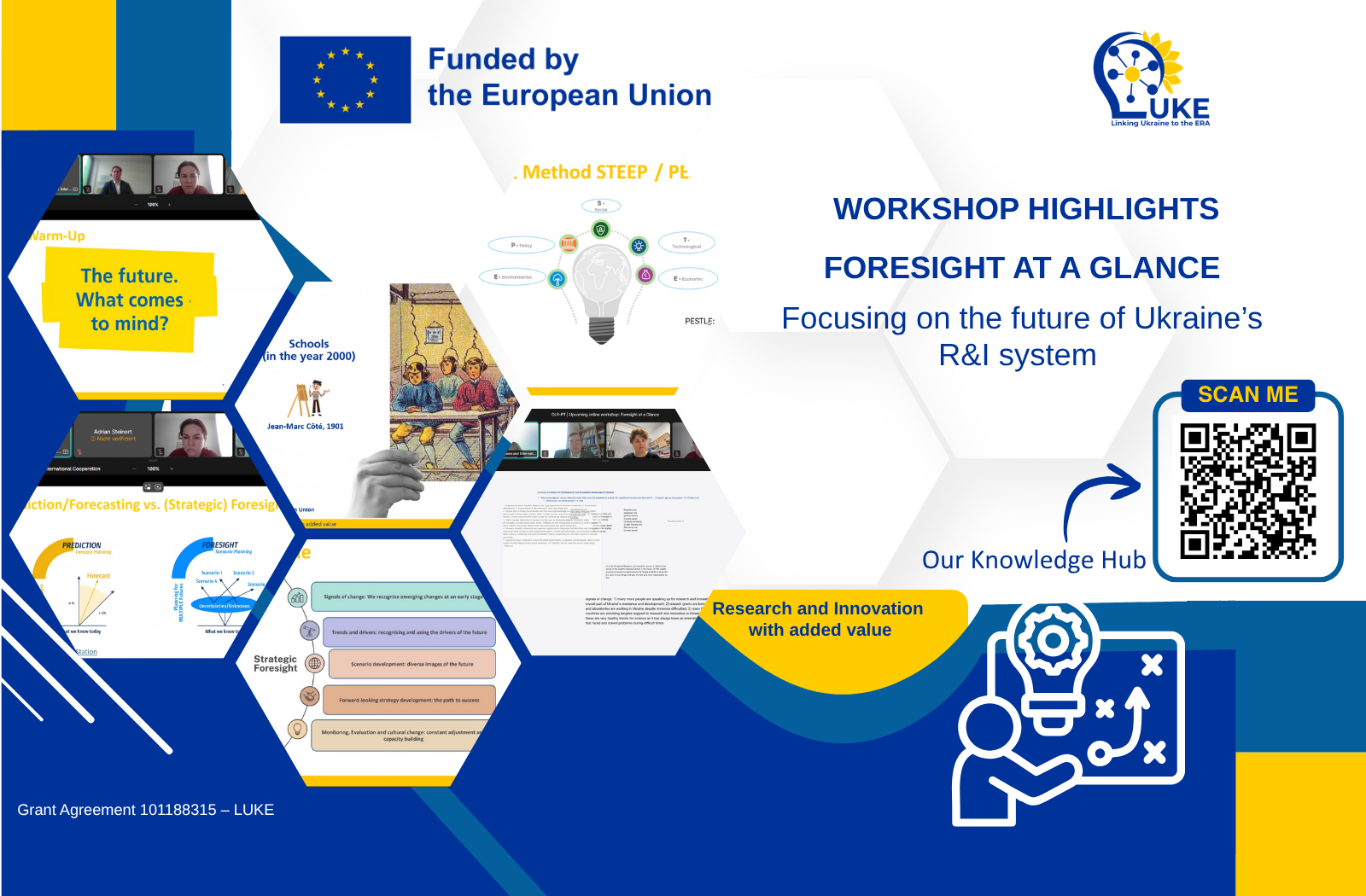We are proud to talk about our grantees who continue to work even when funding is suspended. But the team we will talk about today is special. During the occupation of Demydiv, researchers of the S.I. Subbotin Institute of Geophysics (IGP) of the NASU managed to save the unique equipment, and after the liberation of the settlement – to resume work.
Researchers of the S.I. Subbotin IGP of the NASU together with researchers of Taras Shevchenko National University of Kyiv are carrying out the project ‘Magnetic indicators of paleoclimatic changes in the sediments of the loess-soil formation of Ukraine’ (the call ‘Support for Research of leading and early-career researchers’). Volodymyr Bakhmutov, the project PI, Head of the Department of Petromagnetism and Marine Geophysics of the Institute, corresponding member of the NASU, said that this research can only be carried out with the help of ultra-sensitive magnetometric devices. You cannot place such devices in the city – electromagnetic impulses of the metropolis and traffic ‘shakes’ will interfere with them. That is why the magnetic laboratory of the institute was placed outside the city, in the village of Demydiv. The laboratory is equipped with the most modern equipment of the Center for Collective Use of Research Equipment of the NASU, and expensive equipment purchased with the funds of the NRFU was also installed there.
In the first days of the full-scale invasion researchers of the Institute tried to take out the devices, but it was already impossible to get from Kyiv to Demydov.
“The village was occupied very quickly. However, our employees in Demydov managed to take the devices to the basement and disguise it with dirty rags and garbage.”
Researchers of the institute (Viktor Shpyra, Tetiana Skarbovichuk, and the station’s technical staff, including guards) took part in the special operation to save the equipment. Carrying heavy equipment was not easy, but the team coped.
“With bated breath we were following the news from Demydov, were very much worned for our colleagues”, recalls Volodymyr Georgiyovych. “A unit of invaders was located on the territory of the laboratory and we were afraid that they would find our ‘scientific cache’. Then we learned that the dam on the Irpin River had been blown up. We understood that the flooding of the village and the fields around it stopped the Russian offensive on Kyiv, and at the same time we were afraid to imagine what would happen if the water flooded the basement in which the equipment was hidden.
The first call from the liberated Demydov sounded like Easter bells: colleagues announced that they were alive and well, and that the building wasn’t damaged. The researchers were impatiently waiting for sappers to inspect the territory of the laboratory and, when they were allowed to enter, literally rushed there.
“The main modules of the equipment grew damp, but remained intact. Our joy knew no bounds!”, Volodymyr says with a smile.
During a month, the researchers brought the devices to order, and at the beginning of the summer they resumed work (in particular, the implementation of the project).
The research carried out by the team is important for understanding the history of climate change in Ukraine over the past million years and, respectively, forecasting climate change for the future. (climate research, despite the war, is extremely important for humanity and Ukraine as part of the civilized world. This is about the future of humanity, about crops, sustainable development and a decent life).
“The research community receives information about long-term environmental changes from various sources. For example, ice cores in the Antarctic or loess-soil layers can tell us about the history of the planet over the past hundreds of thousands of years. “These ‘archives’ store unique information, you just need to find it and read it”, the researcher continues the story. “By the way, we are the only ones in Ukraine who can carry out such research. We use the latest methods of studying the magnetic properties of loess-soil deposits of Ukraine, which are a kind of ‘indicators’ of changes in the environment and climate. Of course, these studies can be performed only if there is modern equipment.”
The first stage of the researchers’ work is the selection of rock samples. In 2021 researchers actively worked in expeditions: near Kherson, Odesa, Mykolaiv, Poltava.
“Sampling is hard physical work. For selection, we use ravines, quarries, cliffs on the shores of seas or rivers. Sometimes you have to work at a height of 20-30 meters. During expeditions my colleagues in no way resemble “lab mice”, they are brave, enthusiastic and hardy searchers,” adds Volodymyr.
In 2021, the team completed most of the fieldwork, prepared sample collections, and began measuring them. For the current year only expeditions to the coast of the Azov Sea and to the areas nearby Kherson remained to be made. Unfortunately, the war canceled these plans.
Today, despite the suspension of funding, researchers continue research, in particular, prepare articles for publication.
“Most of the members of our team are young researchers. I am sure that my student, Dmytro Glavatsky, will defend his PhD thesis in a few years based upon the results of the project”, said the project PI. “The co-authors – researchers of the Faculty of Geography of Taras Shevchenko National University of Kyiv – also work very well. We are also actively involving employees of the magnetic laboratory in Demydov. They are not the implementers of the project, but they do a lot for it. In addition, these researchers saved the unique devices. Sometimes, as a sign of respect (and half-jokingly), I call them the cyborgs of geophysics. I am grateful that I have such a brave, persistent and professional team by my side!”
Svitlana GALATA






